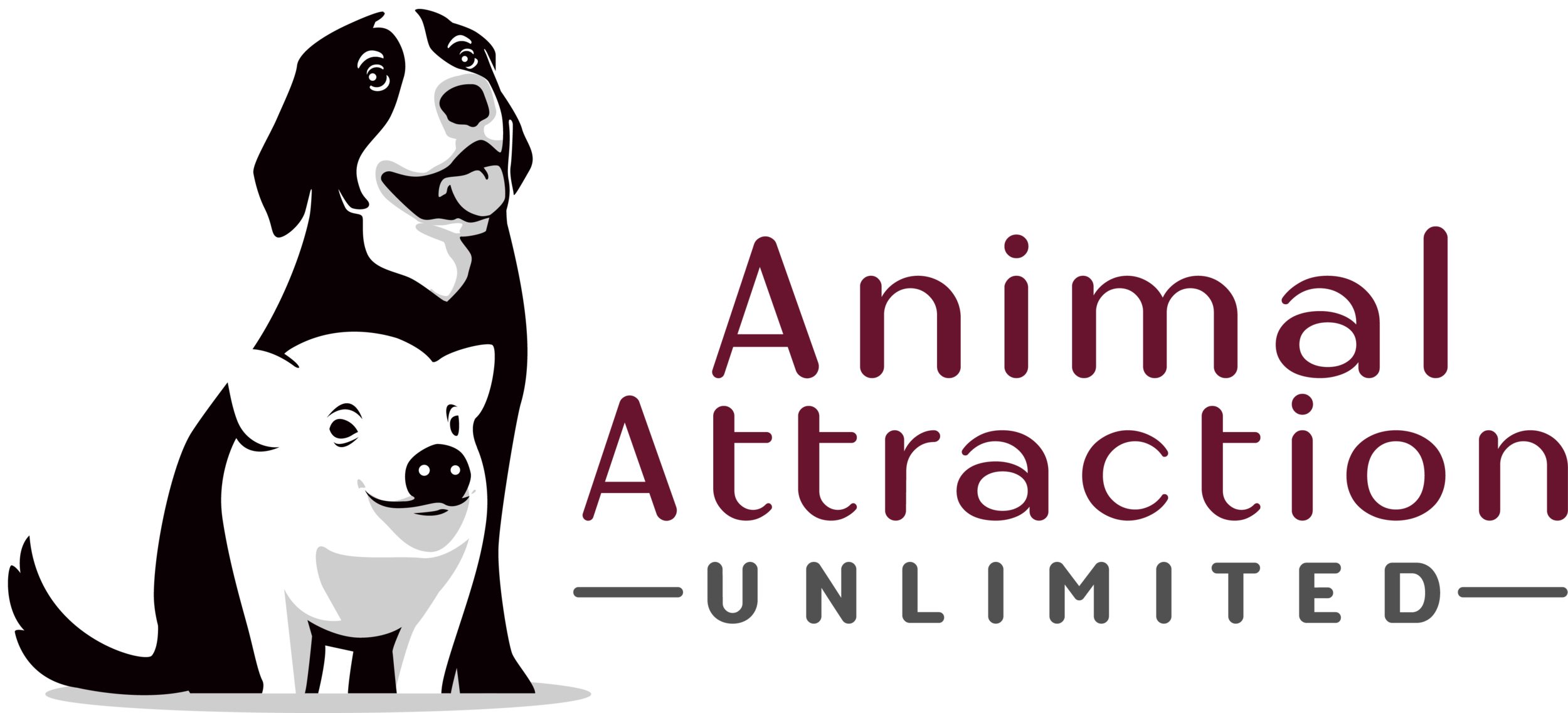What is Dog Impulse Control? Training Tips and Why It Matters
This podcast episode defines impulse control in dogs and emphasizes that many behaviors owners expect their dogs to outgrow are actually due to a lack of developed impulse control. While some dogs naturally develop more control with age, it's a skill that can and should be taught and practiced.
Laura and Kim highlight that impulse control isn't just about maturity; even older dogs can struggle without proper training. They debunk the myth that dogs will simply "grow out of" impulsive behaviors, especially if those behaviors are self-reinforcing. Instead, they stress the importance of actively teaching and encouraging impulse control from a young age and throughout a dog's life.
Several practical exercises for teaching impulse control are discussed, including:
"Leave it": Starting with low-value items and rewarding the dog for ignoring them, gradually increasing the value of items used.
Stay with distractions: Gradually introducing distractions and duration, while the dog is in a stay before adding distance.
Tug-of-war with rules: Enforcing rules like "give" and preventing the dog from grabbing the toy without permission.
Rewarding relaxed behavior: Paying attention to and rewarding even small moments of calmness in excitable dogs.
Ignoring excited behavior: Not leashing a dog that is jumping and barking with excitement for a walk, and only proceeding when the dog is calm.
Mealtime manners: Requiring dogs to lie down and be calm before receiving their food.
Car manners: Not proceeding to the car if the dog is overly excited, and having them wait for a release before exiting the car.
Loose-leash walking: Stopping whenever the dog pulls and only moving forward when the leash is slack.
Laura and Kim emphasize that consistency, and setting the dog up for success, are crucial. Start with easy scenarios and gradually increase the challenge. They also point out that owners often inadvertently reward impulsive behaviors by giving attention or the desired outcome (like a walk) when the dog is in an excited state.
Ultimately, this episode concludes that good impulse control is a learned skill that contributes significantly to a dog's good manners and overall well-behaved demeanor. Owners need to actively teach and reinforce this skill rather than relying on the dog to naturally develop it.
